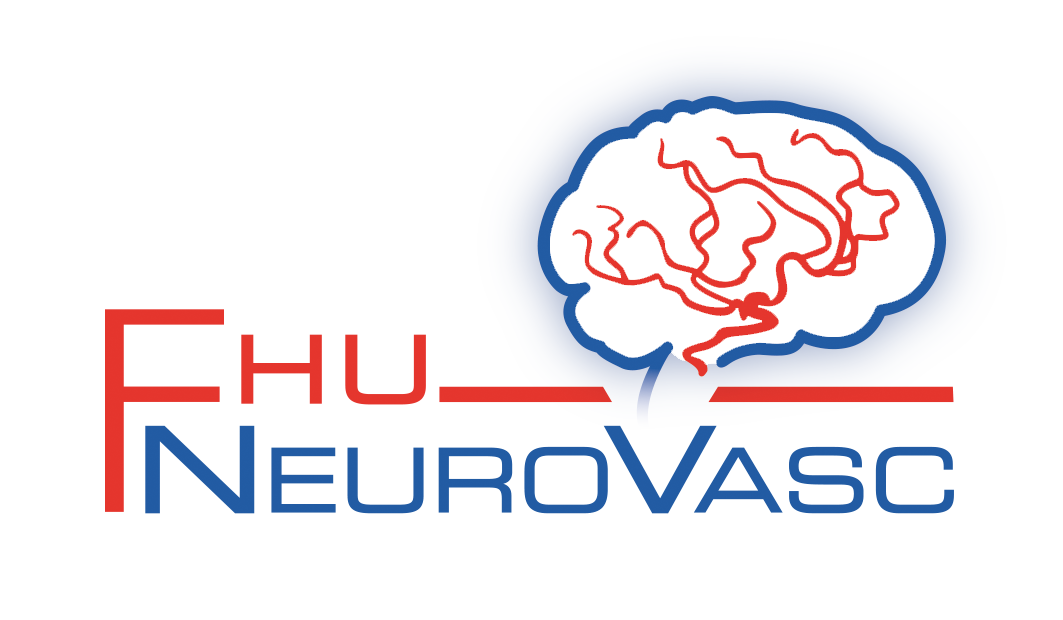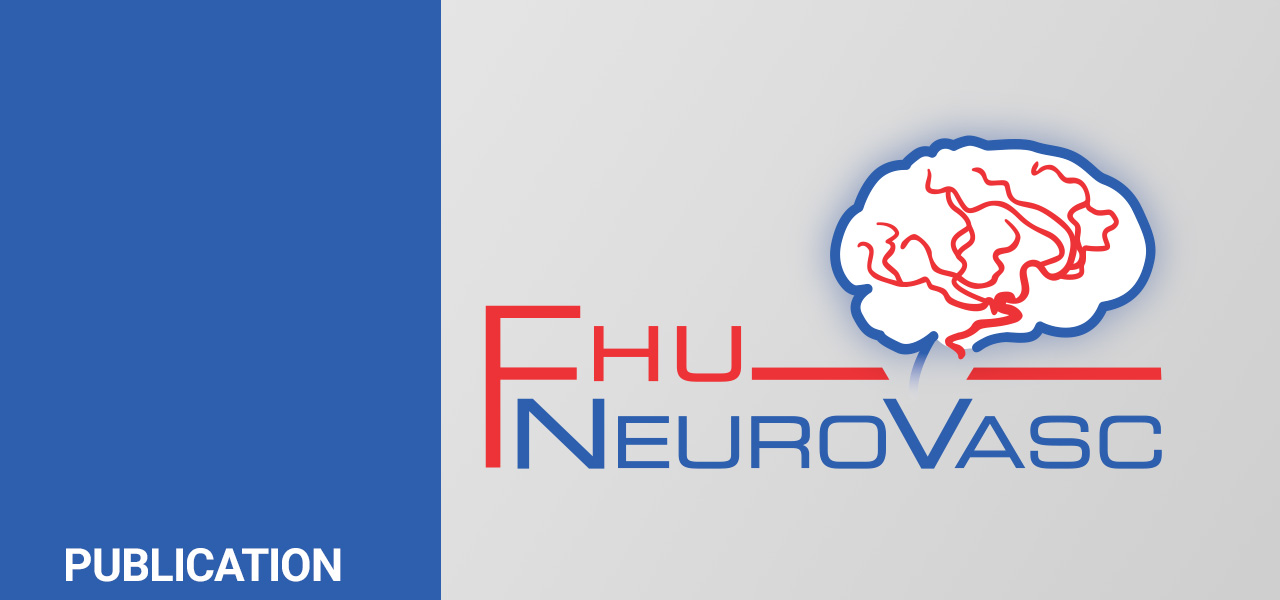Quantitative analysis of early-stage EEG reactivity predicts awakening and recovery of consciousness in patients with severe brain injury
Br J Anaesth. 2022 Oct 12;S0007-0912(22)00506-2. doi: 10.1016/j.bja.2022.09.005
PMID: 36215079
Eléonore Bouchereau , Angela Marchi, Bertrand Hermann, Estelle Pruvost-Robieux, Eléonore Guinard, Camille Legouy, Caroline Schimpf, Aurélien Mazeraud, Jean-Claude Baron, Céline Ramdani, Martine Gavaret, Tarek Sharshar, Guillaume Turc
Background: Decisions of withdrawal of life-sustaining therapy for patients with severe brain injury are often based on prognostic evaluations such as analysis of electroencephalography (EEG) reactivity (EEG-R). However, EEG-R usually relies on visual assessment, which requires neurophysiological expertise and is prone to inter-rater variability. We hypothesised that quantitative analysis of EEG-R obtained 3 days after patient admission can identify new markers of subsequent awakening and consciousness recovery.
Methods: In this prospective observational study of patients with severe brain injury requiring mechanical ventilation, quantitative EEG-R was assessed using standard 11-lead EEG with frequency-based (power spectral density) and functional connectivity-based (phase-lag index) analyses. Associations between awakening in the intensive care unit (ICU) and reactivity to auditory and nociceptive stimulations were assessed with logistic regression. Secondary outcomes included in-ICU mortality and 3-month Coma Recovery Scale-Revised (CRS-R) score.
Results: Of 116 patients, 86 (74%) awoke in the ICU. Among quantitative EEG-R markers, variation in phase-lag index connectivity in the delta frequency band after noise stimulation was associated with awakening (adjusted odds ratio=0.89, 95% confidence interval: 0.81-0.97, P=0.02 corrected for multiple tests), independently of age, baseline severity, and sedation. This new marker was independently associated with improved 3-month CRS-R (adjusted β=-0.16, standard error 0.075, P=0.048), but not with mortality (adjusted odds ratio=1.08, 95% CI: 0.99-1.18, P=0.10).
Conclusions: An early-stage quantitative EEG-R marker was independently associated with awakening and 3-month level of consciousness in patients with severe brain injury. This promising marker based on functional connectivity will need external validation before potential integration into a multimodal prognostic model.
Keywords: EEG reactivity; awakening; brain injury; coma; electroencephalography; intensive care unit; neuroprognosis; neurotrauma; quantitative EEG

